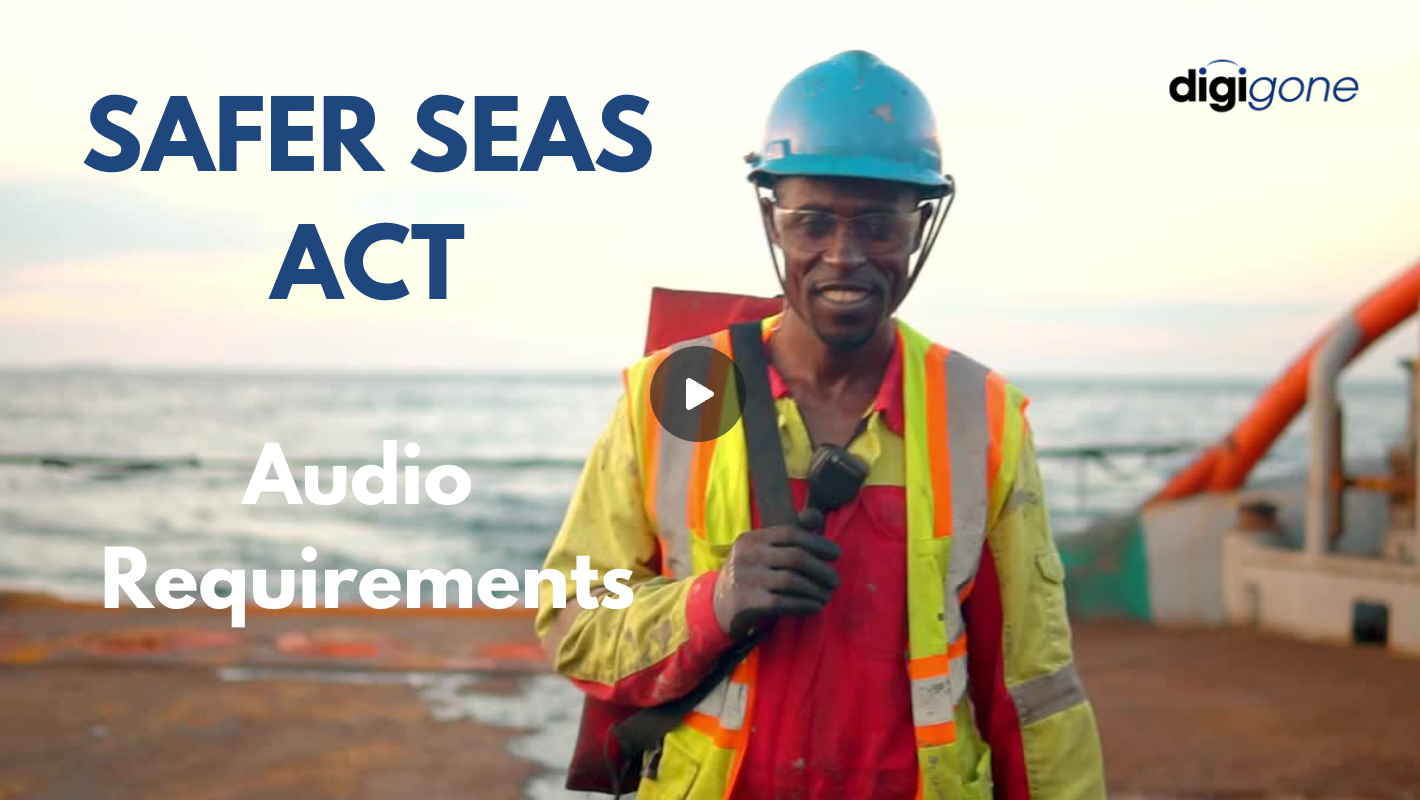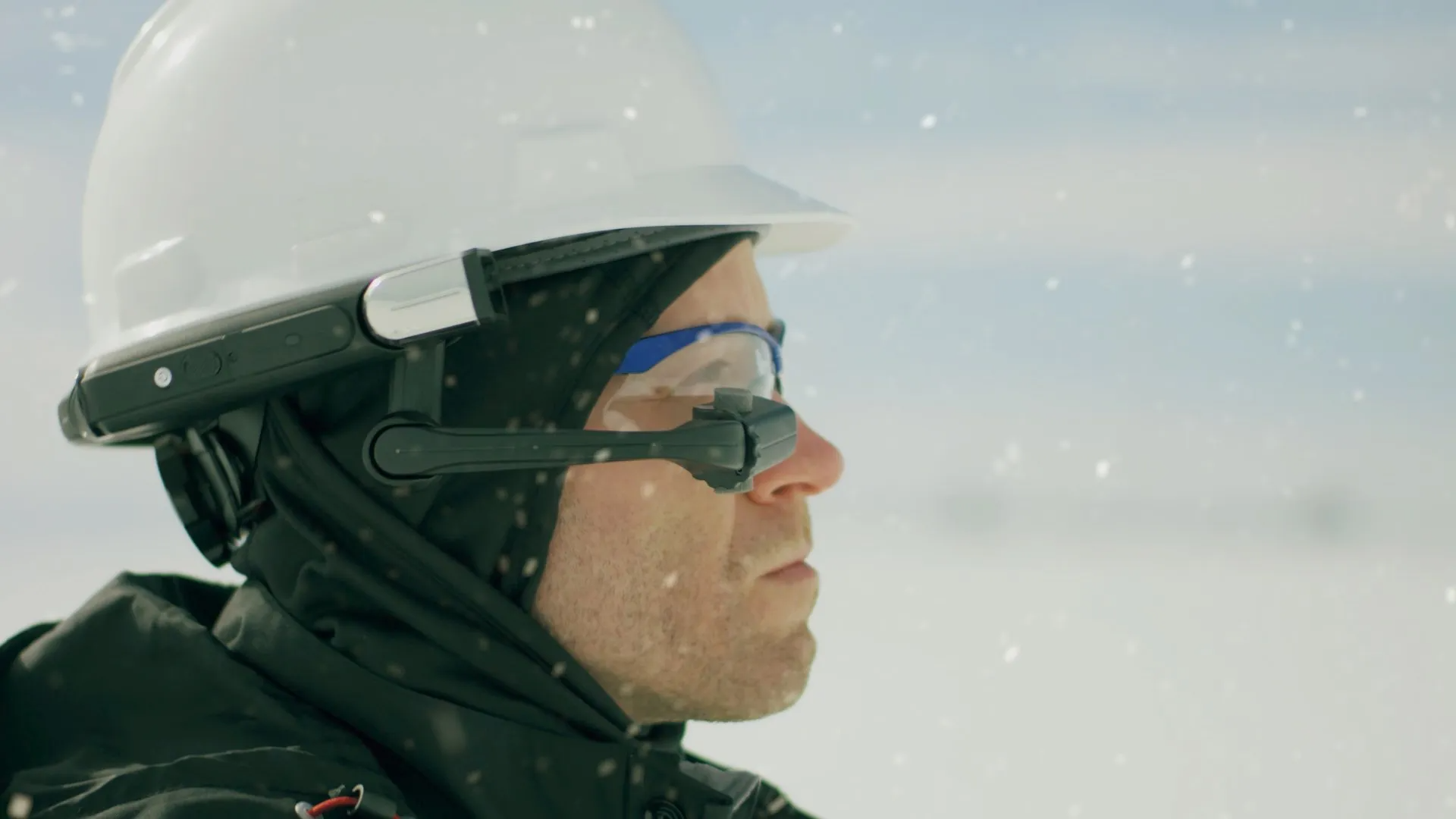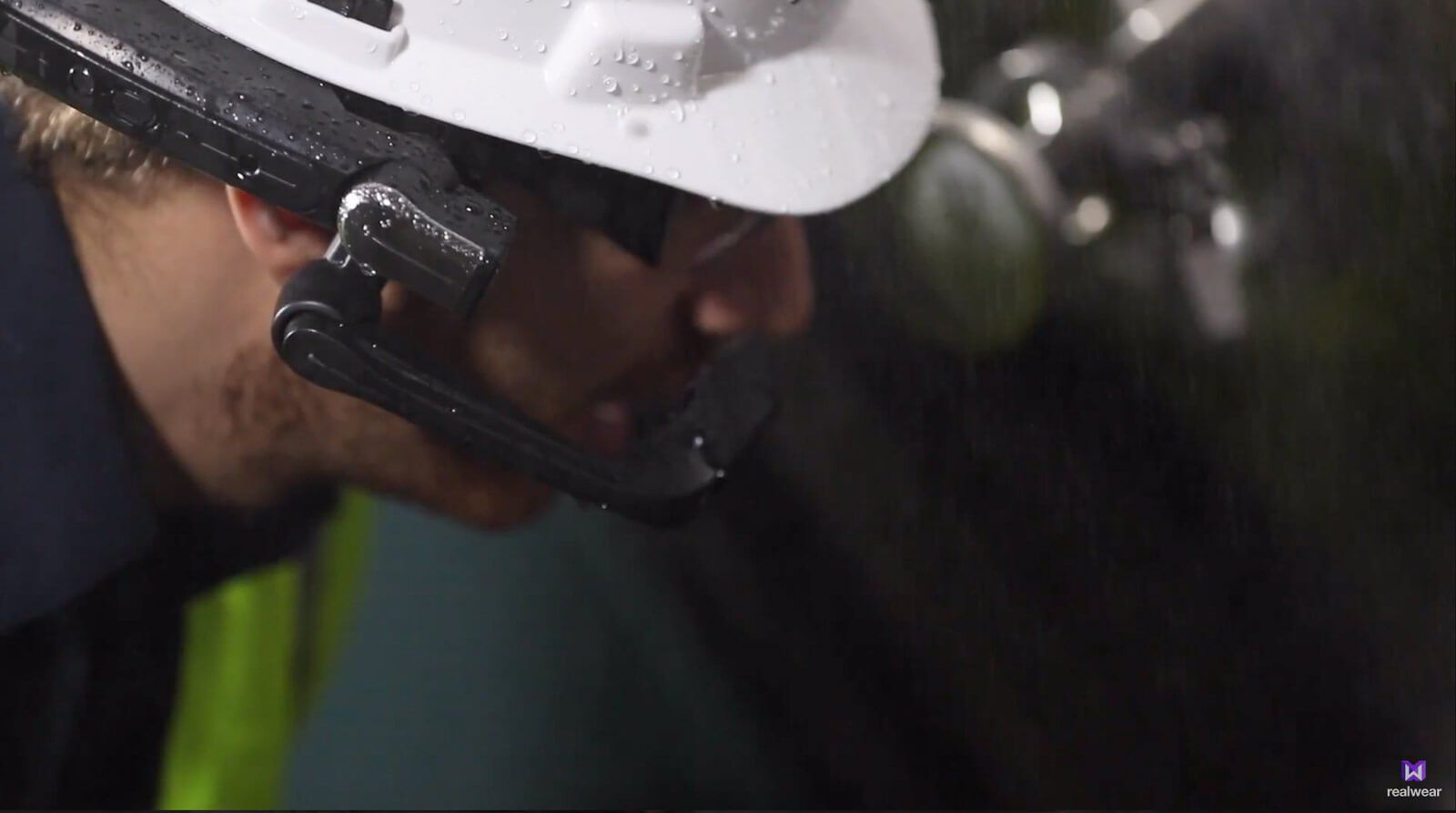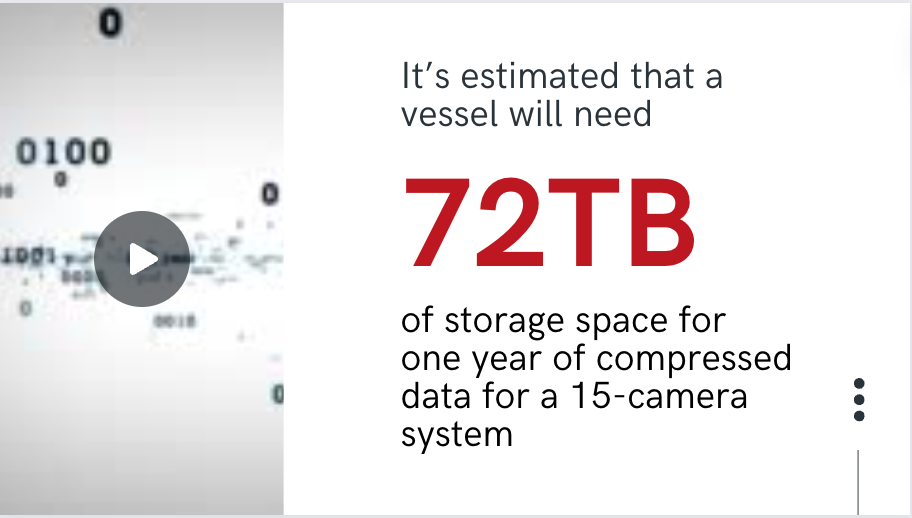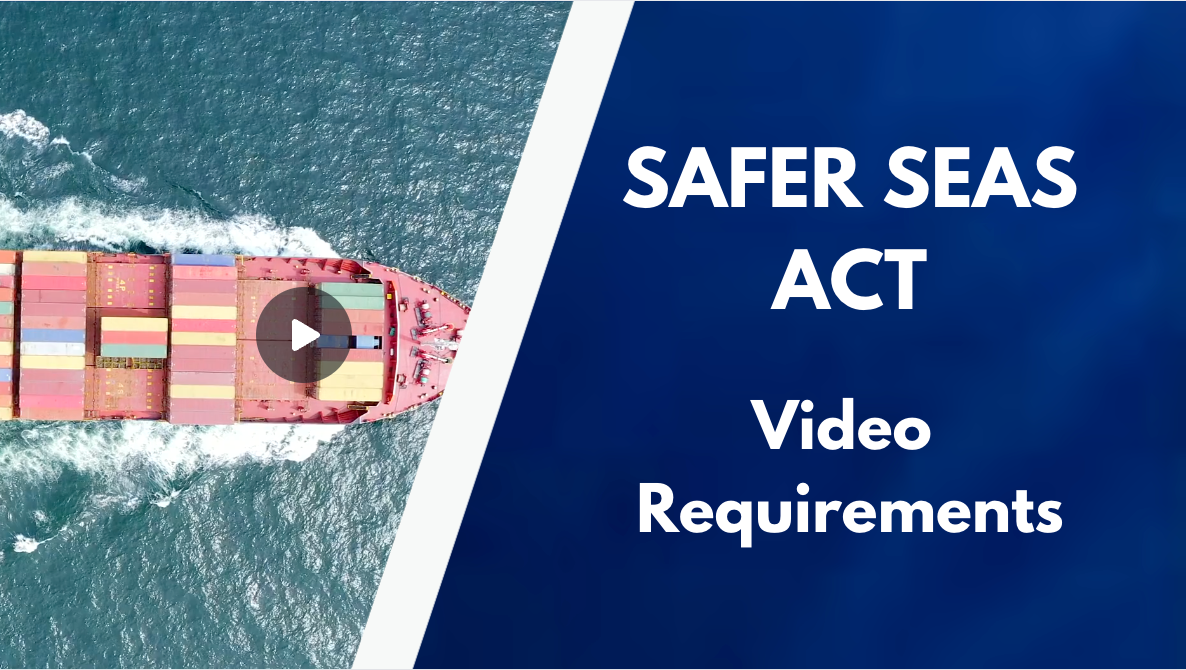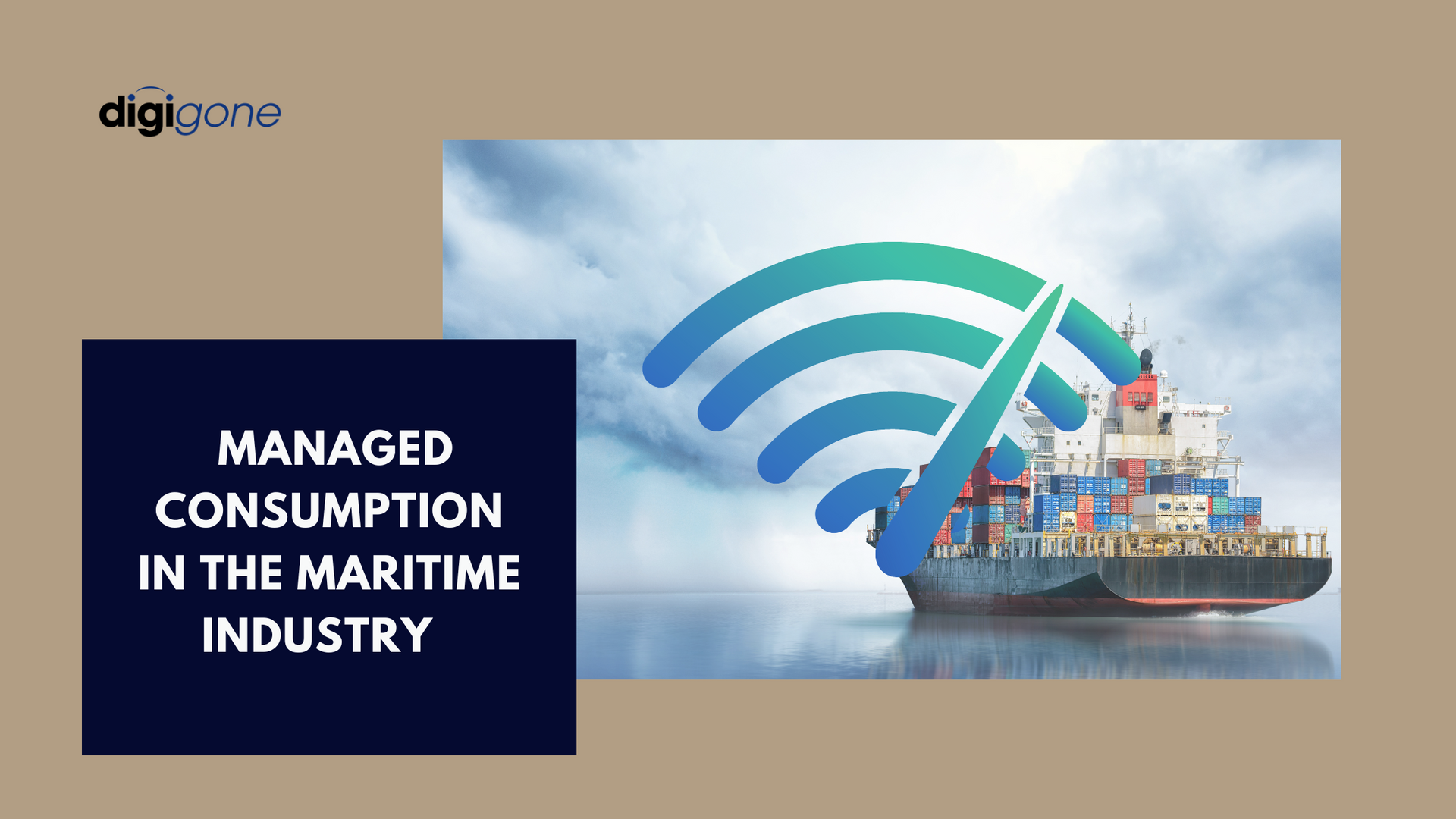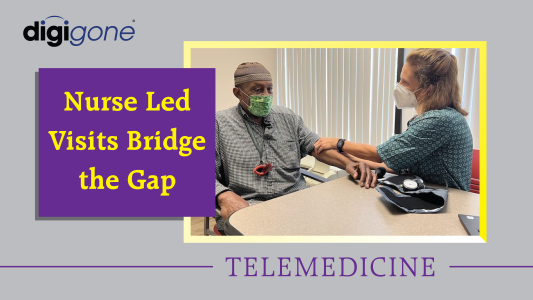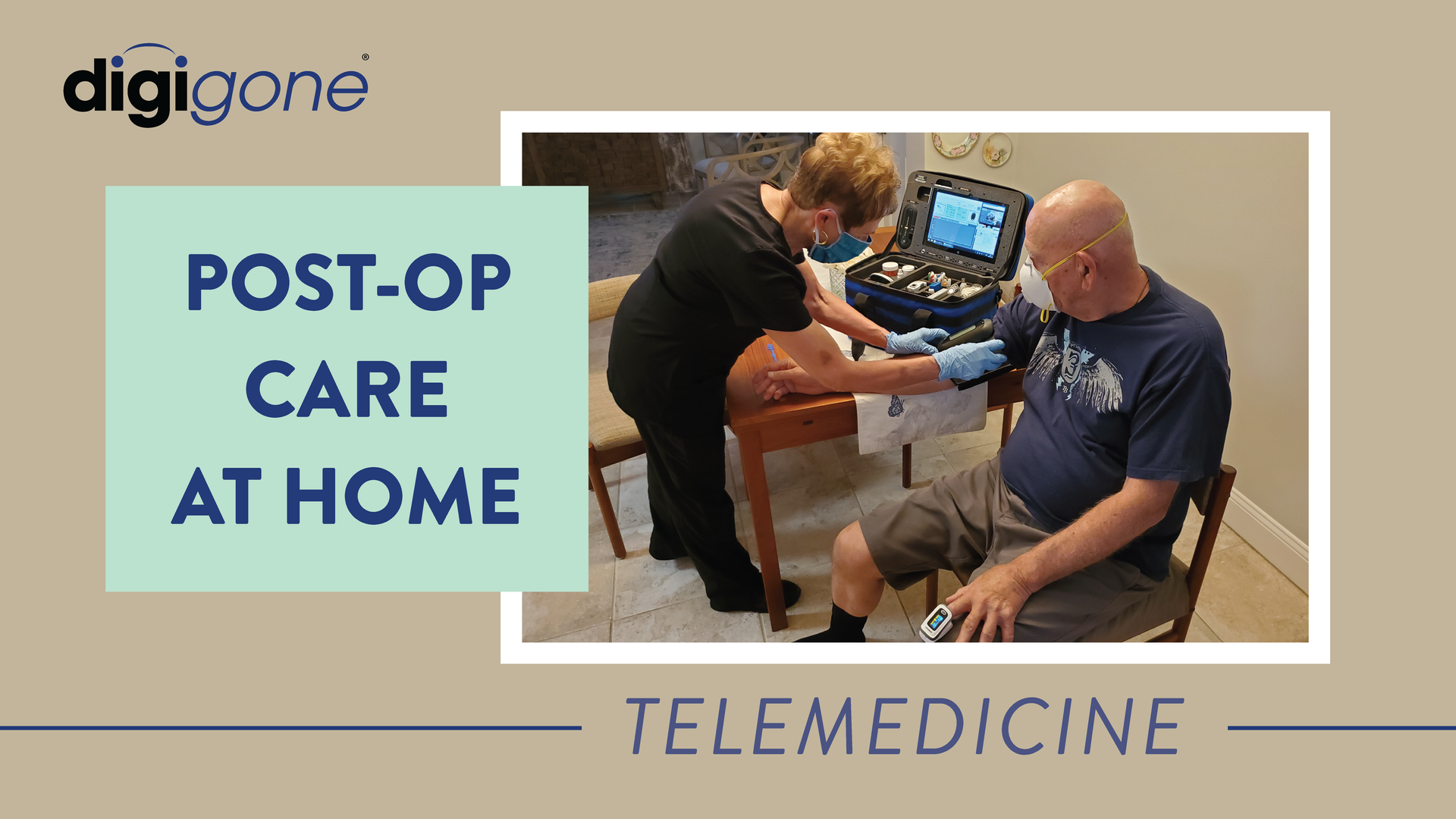AR Headsets Are A Timely Solution to a Costly Pandemic
This hands-free rugged collaboration tool makes operations safer and more efficient.
Augmented reality (AR) headsets have the potential to transform the mining industry. Worker health, job site efficiency and operational safety are just a few areas that could benefit from the utilization of this burgeoning technology.
AR is not the same as virtual reality (VR); AR involves sharing your sightline in real-time with others and includes the ability to view data on a screen that is similar to holding an iPad at arm's length. This hands-free customizable tool allows crews in remote places to collaborate with specialists, inspectors or engineers anywhere.
DigiGone has recently collaborated with the manufacturer of these headsets, RealWear, for a hand-in-glove venture, combining their durable hardware with our secure software, which is optimized for low-bandwidth environments, solution-specific for the mining industry.
Our digiTech Solution not only provides remote collaboration between the customer and subject-matter experts, but also enhances remote medical assistance and integrates seamlessly with existing surveillance systems providing our customers with extra sets of eyes.
Below we’ve outlined several scenarios where an AR headset can help your business.
Employee Health and Safety
Keeping crews healthy, especially during the coronavirus pandemic, is paramount. Restricting travel to worksites is one way to combat this. This spring more than 700 mines across the world were shut down due to COVID-19. In the maritime industry they’ve coined the phrase “keep boots off boats;” instead of contractors embarking on vessels for inspections or repairs at ports, the crew can use an AR headset to virtually collaborate with inspectors or vendors, ensuring the virus isn’t brought on board, potentially causing a shut down for weeks.
For example, if equipment needs to be inspected, an on-site crew member can share real-time video from the camera of the headset, perform an inspection while communicating with someone else remotely, and instantly receive expert guidance or feedback. This eliminates the need for travel and gets your equipment back in operation as quickly as possible resulting in an increased ROI.
For medical support, AR headsets can virtually bring a doctor on site in case of a medical emergency in the remotest of locations. While the designated medical officer securely shares real-time diagnostic information, a doctor can virtually assess the situation quickly and either supervise treatment of the patient or assist with coordination of evacuation.
Virtually bringing advanced medical support to remote locations through an AR headset not only enhances the level of medical services you provide your crew, but can also save you money by avoiding unnecessary evacuations and reducing crew downtime.
Enhance Efficiency
If a piece of equipment needs to be repaired, instead of shutting down operations, an AR headset can be employed, drastically reducing downtime. Due to increased travel restrictions and hard borders, people might very well be required to quarantine (depending on company policies) prior to arriving on site, extending the time of shutdowns and driving-up operational costs. Prepositioning an AR headset or sending one to the location could minimize the impact these restrictions would have on operations and keep business on schedule.
Training and certification on key pieces of equipment or operational procedures is an investment for your company and critical to smooth operations. Being able to remotely provide that onsite training can be a significant cost saver both in actual cash outlay for travel and housing expenses, as well as time reduction in getting the crew member qualified.
Some companies in the offshore drilling industry use intrinsically safe AR headsets to
mentor junior field technicians; they’re able to train on new equipment or learn new procedures virtually, while being guided by senior support staff ashore.
Operational Safety
A key differentiator of some AR headsets over others is that they give users a heightened level of situational awareness while working. They are intrinsically designed to create safer working conditions and operate in rugged locations where Internet connectivity is restricted.
In some operations a second set of eyes is crucial for the safety of your crew. Being able to remotely monitor what your crew member is actually seeing enhances the level of operational safety. But, what if you can also monitor their activities from different viewing angles by ‘tapping’ into your remote sites’
CCTV system or cameras installed on your excavators? Not only can an AR headset enhance the safety operations for your crew, but improve efficiency by identifying and preventing incidents before they happen.
Ease of Use
The use of an AR headset should be intuitive and the training provided should be simple to understand, apply directly to the device’s and application’s use and be available remotely, onsite. In addition, the headset should be voice controlled and completely hands free. Finally, you should be able to easily communicate with others, even if you are in a loud noise environment. This link is an excellent example of the RealWear HMT-1 noise cancelling abilities during a remote inspection of a motorcycle in a Harley-Davidson shop.
Contact us if you’d like to learn more about how an AR headset can keep your worksites safe and business moving.

